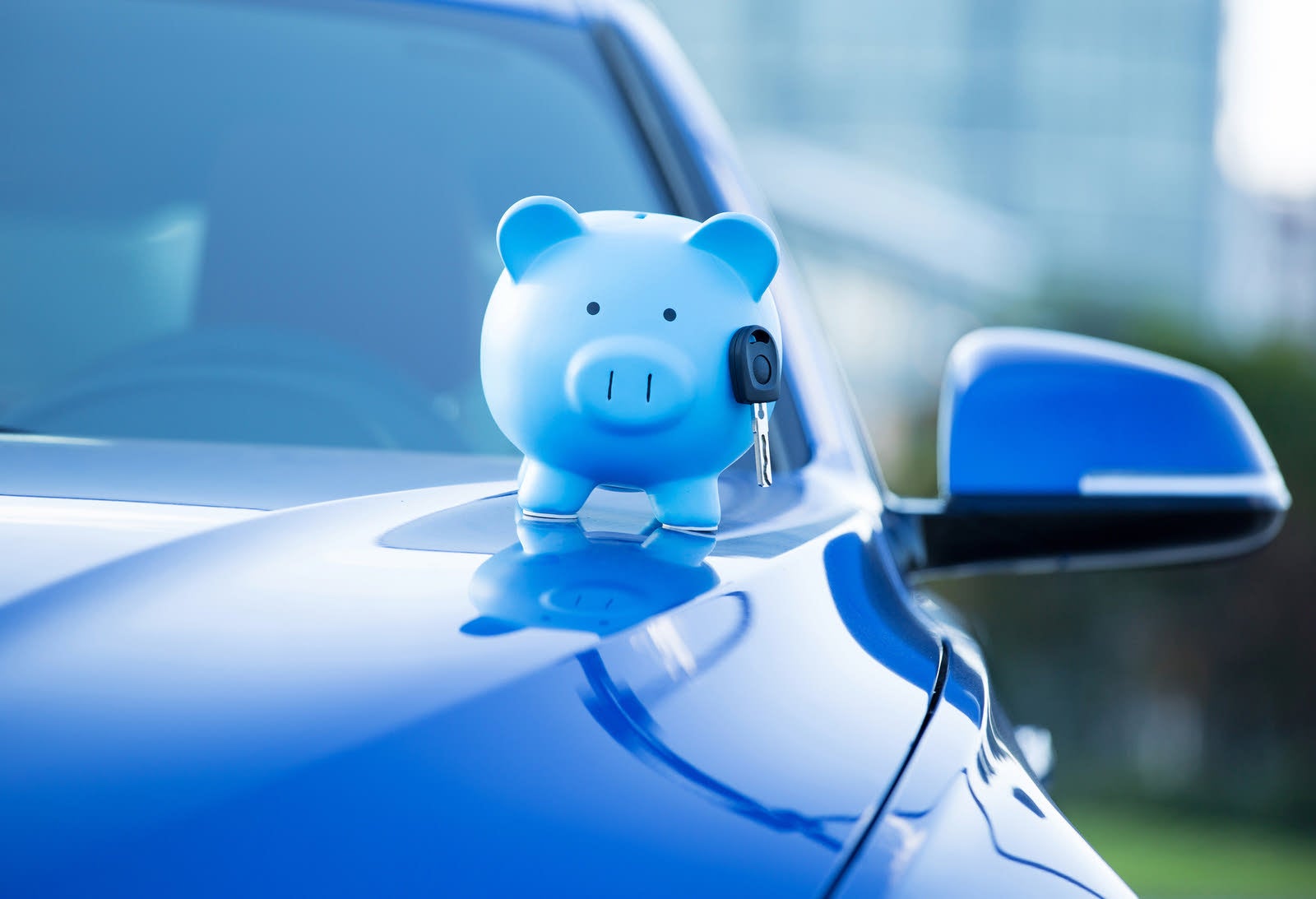New and used car dealerships are in the business of making money—but you already knew that. How they make that money isn’t as simple as car buyers might think, however, as car dealerships are complicated businesses. Read on to learn more about the business model for the car business, and find out how car dealerships make a profit.
How Do Car Dealerships Make Money?
- New Car Sales Are a Big Profit Driver
- Car Dealers Also Make Money By Selling Used Cars
- Parts And Service Strengthen the Bottom Line
- Finance and Insurance Boost Profit Even More

New Car Sales Are a Big Profit Driver
All those shiny new vehicles sitting on dealership lots may draw in customers, but they aren’t the only way a dealership makes money. According to the National Automobile Dealers Association (NADA), in 2023, roughly 16,800 franchised car dealers brought in around $1.2 trillion in sales of 15.5 million light-duty vehicles ranging from roadsters to full-size pickups. That’s a lot of cars and a lot of cash, but it’s nowhere near that simple.
With the exception of a handful of brands like Tesla and Rivian, car dealerships are franchised. That means the dealer must buy the car directly from the automaker. The dealer can then sell the car at what’s called the Manufacturer’s Suggested Retail Price (MSRP). As its name implies, this is the price the carmaker recommends, but it’s not necessarily the bottom-line transaction price for the car.
Many factors can significantly impact the profit margin between the invoice price (what the dealer pays for the car) and the sales price (what the customer pays for the car).
For example:
-
Manufacturer-to-dealer incentives. Car manufacturers may provide dealers with a "spiff" to encourage them to sell a less in-demand model. The dealer isn’t obligated to pass this on to the consumer as a rebate. These incentives may target a specific model or even a specific trim level, and they are usually based on current inventory across all of an automaker’s dealers in a certain region. If Nissan realizes it has too many Sentra SR models at its dealers in Southern California, for instance, it may offer a special incentive specifically for that trim level in that market.
-
Dealer holdback. This is a percentage of the car’s MSRP typically paid to the dealership quarterly by the automaker. The difference between invoice and MSRP has shrunk considerably, so holdback was created to fill this gap so that dealers make enough money to keep the lights on. Just how much dealer holdback is depends greatly on the manufacturer.
-
Adjusted dealer markup. At their discretion, dealers can mark up prices on particularly high-end models to help boost their profits. While automakers generally discourage this behavior, they have little control over how dealers actually price their cars.
If a dealer makes half of its revenue from selling new cars, where does it make the rest of its money? Keep reading.

Car Dealers Also Make Money By Selling Used Cars
NADA said dealers made about 34% of their gross income from used car sales in 2023. Dealers typically get used cars one of two ways: either they buy them from private owners (either outright or when they are traded in toward another vehicle) or they buy them at wholesale auctions. Either way, they usually have to do some reconditioning before selling a used car—at the very least, most used vehicles need to be detailed, while some old cars may require some repairs. The work a dealer puts into a car directly affects its profitability and, of course, the price of the car.
Used cars are not a small amount of revenue in the car business. Consider that all mainstream brands such as Honda, Toyota, Subaru and Ford as well as luxury brands such as Mercedes, Porsche and BMW offer a CPO (Certified Pre-Owned) program of used vehicles.
If a used car fails to sell after a certain amount of time or the dealer takes in a trade that it doesn’t want to put on its used car lot, the vehicle may be sent to a wholesale auction. These auctions are mammoth-sized enterprises that process dozens of cars a day. They make their money by taking a commission every time a dealer buys or sells a car, too. But even then, a dealer may be able to make some money by underpaying for a used car trade-in and then selling it to another dealer at auction.
On occasion, dealers will sell cars directly to one another, too, though these sales are often facilitated in a closed-door transaction by an auctioneer. Used car values can vary throughout the year, so just how much a dealer makes on its used cars isn’t consistent.
Obviously, car purchases make up the bulk of a dealer’s profit, and may explain why there are so many car salespeople on the lot. But there are additional revenue streams as well.

Parts And Service Strengthen the Bottom Line
New car dealers have big service departments, which NADA says accounted for around 12.4% of a dealer’s revenue in 2023, or about $142 billion last year - making it a major profit center. Used car dealers may have a small service area, too, though these are less common.
Service centers repair and maintain vehicles and sell parts and accessories. The carmaker reimburses the dealer for repairs covered by a vehicle’s manufacturer-backed warranty. Those covered by an aftermarket warranty go through that provider. Any non-warranty maintenance or repairs will come directly from the vehicle’s owner. The parts department will also sell parts to local repair shops or owners who are performing their own service.
Adjacent to those service centers, dealers typically have an accessories center selling products ranging from $5 tchotchkes, such as keychains, to thousands of dollars worth of aftermarket wheels. Big dealers may even have a small cafe or coffee shop largely aimed at customers waiting for their cars to be serviced, and all contribute to the dealer’s profit.

Finance and Insurance Boost Profit Even More
At the backend, a new car dealer's finance manager does more than shuffle paperwork. They’re tasked with upselling customers on a few additional products. If you use a lender provided to you by the finance manager, the dealership will get a commission - another avenue in which car dealers make money. This is why the dealer spends so much effort to line up financing through their lender, even if you bring your own car loan through your bank or credit union - and why they are usually successful in getting you a better interest rate.
They’ll also make money on add-ons such as extended warranties, gap insurance, insurance plans, service contracts, or other programs you choose to buy. That’s not to say that these are automatically a bad deal, as many will provide peace of mind, but it is worth noting that they are often negotiable. Nonetheless, finance and insurance are a big part of the car-buying process and a big driver of dealership profits.



